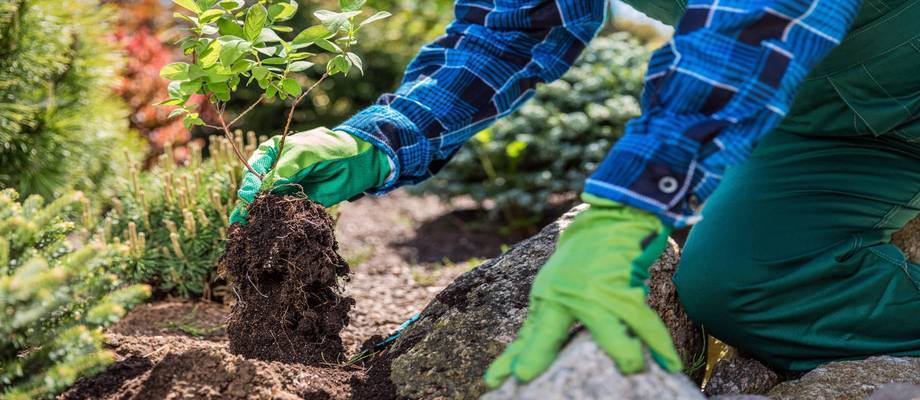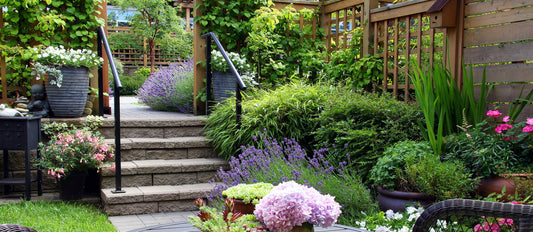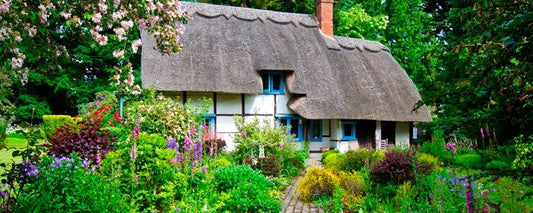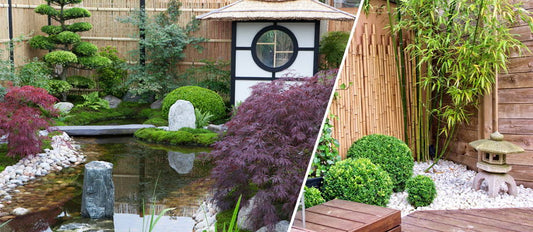The garden is like a small green paradise: you enjoy your own piece of nature every day. Your favourite trees and garden plants come together here to add colour to your day. There is so much choice of greenery for the garden that you are spoiled for choice. From flower bulbs to trees and from climbing plants to ground cover, they all cheer you up. Once in a while you want something new in the garden. New colours, new plants and a new arrangement. Of course your favourite plants should be given a place in your brand new garden. Transplant them to new spots in the garden.
Transplanting trees, shrubs and perennials
Transplanting trees, shrubs and perennials is also carried out in the period from October to March. That is when plants are dormant and their leaves have fallen off. Plants, especially trees, that have been in the same place for a long time can't be moved. Their chance of surviving a move is very small. When transplanting, it is key to keep the roots as intact as possible. The best time for transplanting is early in the morning or late in the evening because the sap is not flowing or not flowing much then. In addition, it is best to transplant on a cloudy day so that the roots are not damaged by sunlight.
Follow these steps when transplanting trees, shrubs and perennials:
- To prepare the plant for transplanting, dig a trench about 40 cm from the stem (preferably a month in advance). This allows the root ball to grow new roots for the roots damaged when digging. These are needed for attaching to the new place and to absorb nutrients.
- Dig out the root ball but be careful so that as few roots as possible are damaged. Wrap the root ball in a cloth to protect it.
- In the new place where the plant will be located, dig a hole larger than the root ball. Always choose a new spot with fresh potting soil to prevent pests on the plant. Always loosen the soil before the root ball goes into the ground.
- Put the root ball in the hole with its top just below the surface. Note: If the root ball is above the soil surface, it can dry out.
- Press the soil firmly around the roots so that they make good contact with the soil.
- Give the plant plenty of water. This is important for multiple reasons. Firstly, the water eliminates the air in the soil around the roots. Secondly, the plant really needs a drink after its travels.
Please note: trees should only be transplanted if they have been standing in one place for 5 years or less. After five years, its roots will have firmly established themselves in the ground, so transplanting can cause root damage that the tree may not survive. Even if the tree has been in one spot for less than 5 years, there is no guarantee that it will survive transplanting. This depends on the rooting of the tree in the new location.




